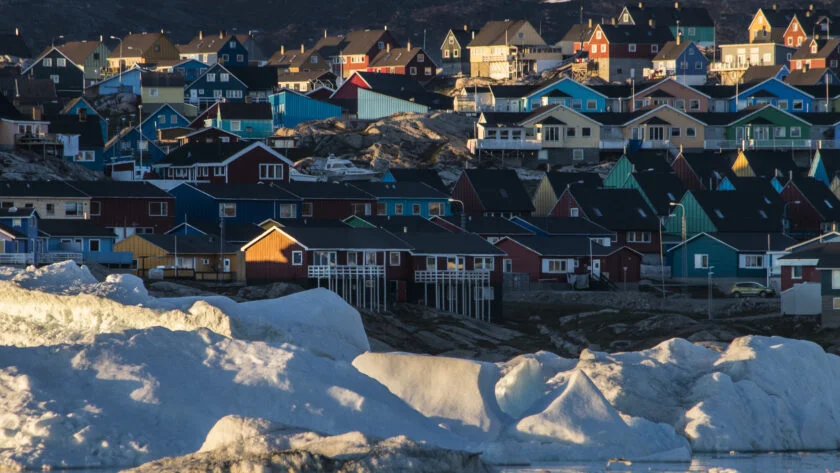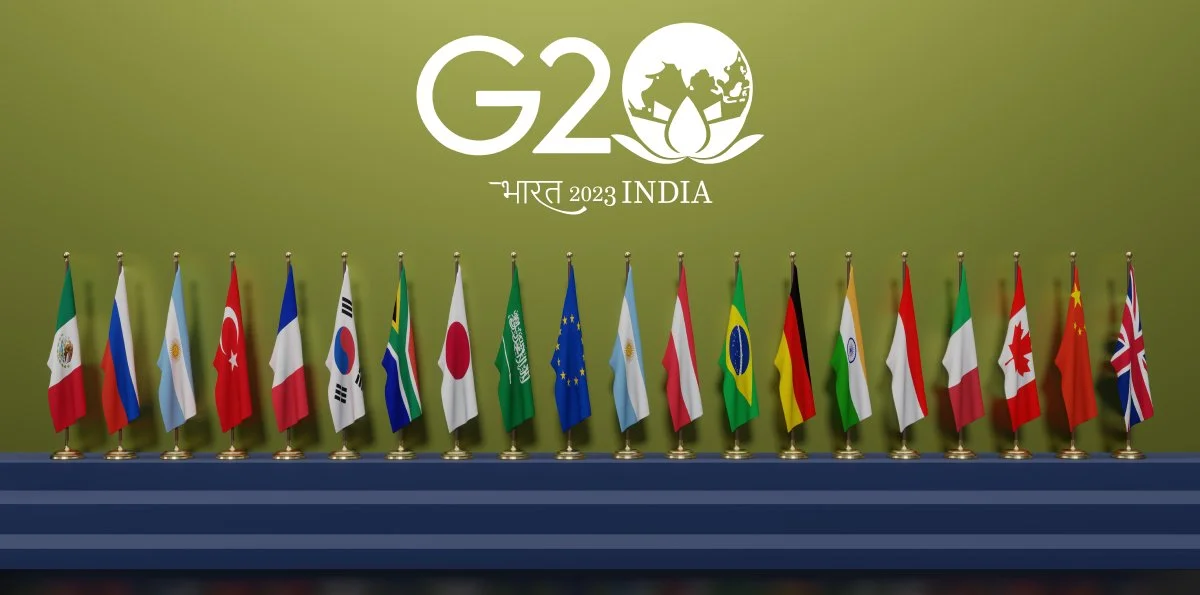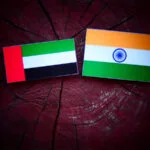Debt-trap diplomacy gained popularity through China’s Belt and Road Initiative (BRI). Coined by Brahma Chellaney, the term debt trap diplomacy refers to “offering projects/loans on terms that end up being too difficult for countries to repay, eventually compelling them to accept political or economic concessions.”
China use this to establish presence and control over those nations part of the BRI and took a loan from the former. This strategy underlines China’s objective to achieve superpower status.
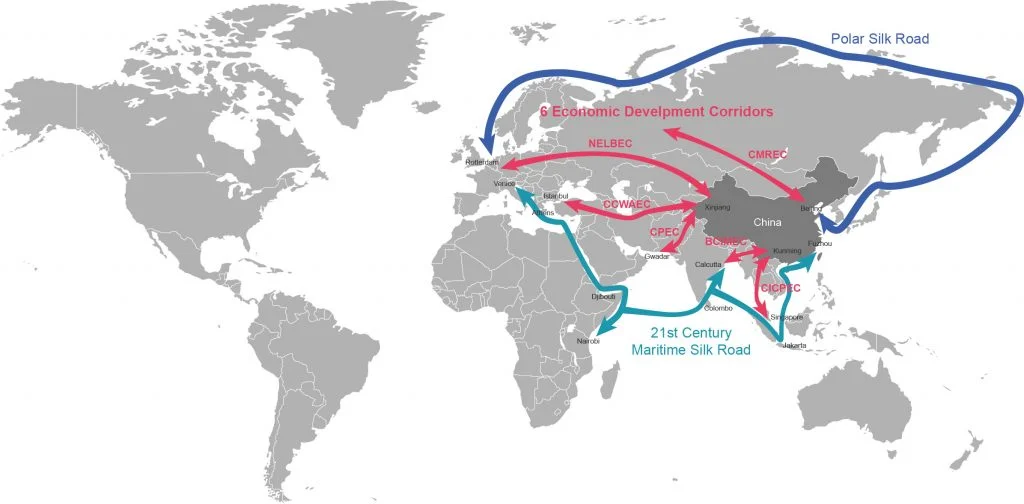
Picture courtesy- Belt and Road Initiative
The debt-trap diplomacy strategy
A nation can either capture another through sword or debt. The diplomacy enacted by the BRI could be a giant debt trap for financially vulnerable countries. A few examples include Pakistan, Laos etc.
The Chinese government has designed its diplomacy like a very generous and uplifting by the large loans to various countries. However, it has curbed these different countries into handing over controls of their democracies and the resources in return for a large amount of debt they owe to China.
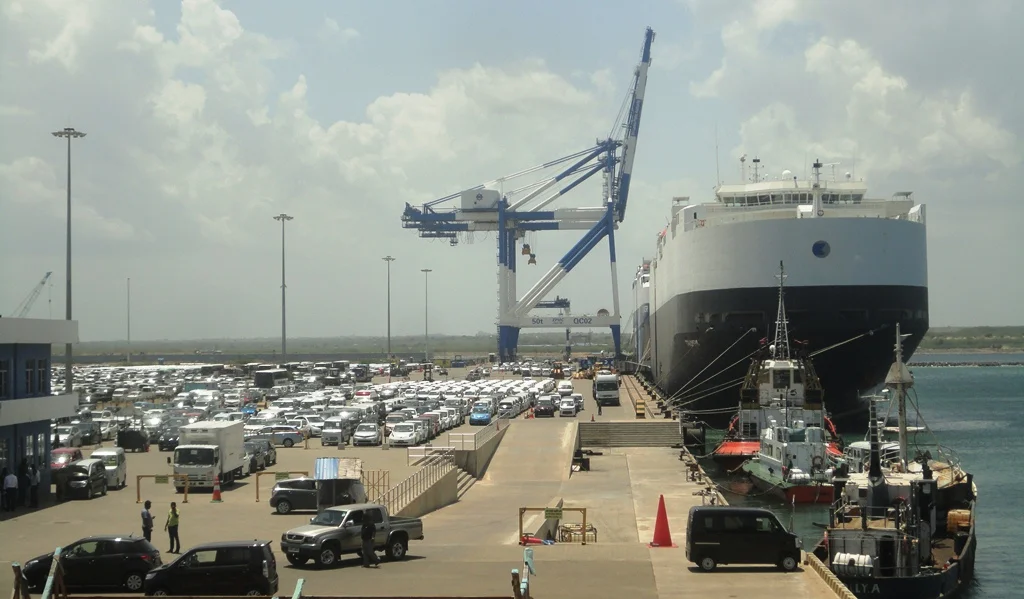
The debt trap diplomacy is not only about loans. Conquers, takeovers, and the Chinese government’s military presence are also a part. The debt trap strategy is more of a weapon than a lending financial help towards different countries. The takeover of various assets from the debtor nations is one of the most substantial pieces of evidence of how dangerously China transitioned this diplomacy into a financial weapon.
How does the debt-trap work?
China has been using the debt trap as a financial tool to gain influence worldwide and grab considerable power in different countries, including India. Furthermore, this conquering diplomacy can affect the national order of various countries.
The working of this debt trap has a prevalent feature. The debts are more commonly given to developing countries which are either low-income or middle–income countries, implying that they are vulnerable in terms of economic growth. Further, these countries are pushed to gain rapid political and economic independence and development with the help of global aid. Hence China responds by dispensing billions of dollars to these countries through concessional loans. Mainly these grants are for their large-scale infrastructure projects.
Being low-income and middle–income countries, they cannot keep up with the repayments. Thus China then acquires a chance to demand concessions or advantages for debt relief to these developing countries.
Why Greenland?
In terms of today’s international politics and geographical reference, one can answer the question of why Greenland for the diplomatic debt trap. Geographically Greenland lies near both the Arctic and Atlantic. This makes Greenland a valuable country in terms of futuristic goals.
China is trying to claim the Arctic and Atlantic regions for international gains. At the same time, a great control or influence over Greenland will simplify or help claim the regions. Greenland’s location in North America would make the Chinese military presence a threat to the United States. Thus, it also includes the security-related aspect in the interest of debt trapping of Greenland by the Chinese government.
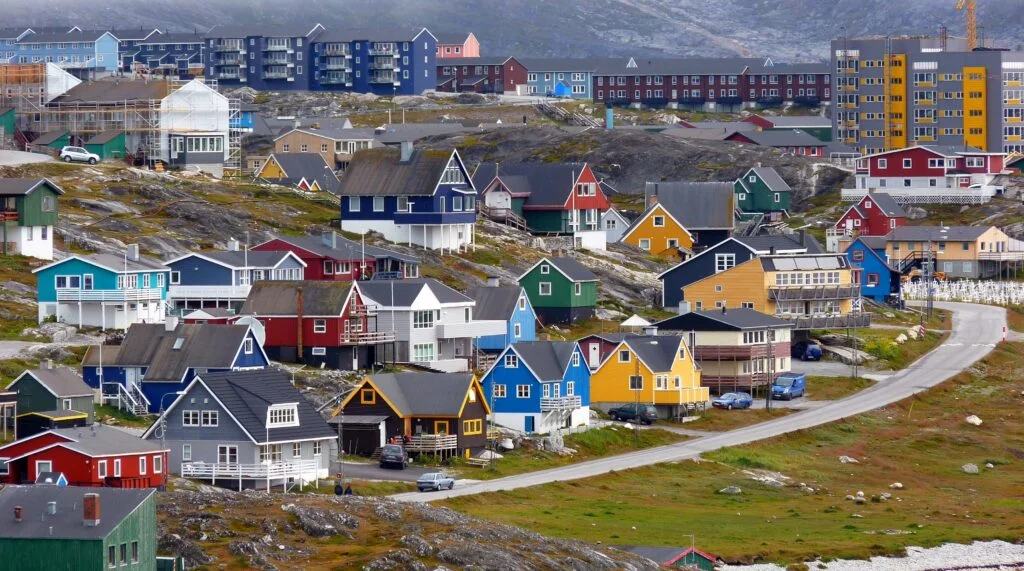
Counter debt-trap situation in Greenland
The general concept of China’s “debt-trap diplomacy”, has been the subject of considerable debate all around the world. Recent studies of Greenland’s political and economic status along with China’s enthusiasm in funding current investment in Greenland allow one to question and speculate on China’s intentions. Such capricious investments are highly suggestive in general of Greenland falling prey and becoming vulnerable to China’s present or future predatory credit practices. Therefore, it is highly suggestive that Greenland might not be a developing country with financial and infrastructural needs, but another strategic nation helping to fuel Chinese ambitions through debt-trap diplomacy.
The low debt ratio of Greenland
Greenland has a meagre debt-to-GDP ratio – in reality. Greenland could have been the fourth-lowest debt-to-GDP ratio withinside the European Union if Greenland became a member of the EU. Also, a sound public budget with a subsidy from Denmarkaccounts for approximately 20 per cent of Greenland’s GDP.
The perception of debt traps regarding China pertains to international locations that warfare to advantage get admission to regular funding, and Greenland is no longer in shape into that category. Greenland these days is nowhere close to being at risk of any such scenario.
Greenland’s gross debt, counting each national, municipal, and government-owned organization debt, was 27% of GDP in May 2021. The internet debt at 3.7 billion Danish kroner ($563 million) equates to 18 percent of GDP.
For comparison, Denmark has a gross debt representing 42.1 percent of GDP, and the EU has a mixed 90.1 percent of GDP. Internationally, Greenland has a low debt to GDP ratio. Thus low debt ratio counter affects the Chinese government plans for debt trapping Greenland.
The political scenario of Greenland
Greenland’s current guidelines want to be cautiously considered whilst assessing the capacity for destiny funding in China. After the Greenland general election in April 2021, Inuit Ataqatigi fashioned a coalition with the Naleraq Party and expelled the Progressive Party.
After leading the coalition authorities in 2013, the Progressive Party has been to Ilulissat, Nuuk and Qaqortoq to grow tourism and permit direct flights to regions that permit the export of excessive clean fish products.
Promoted the development of 3 worldwide airports ( big and one small). Directly to fundamental metropolis markets. Siumut and his allies resolved in 2013 to permit uranium mining to grow the possibility of extra profits for the Greenland Resources Fund.

Since the political environment is supportive of the nation’s progress, it seems to be a difficulty in the debt trap plan of China. Further profits in the financial policies of Greenland seems to support or reflect debt requirements for the country.
The climate change factor
The second aspect of the claim is that the mitigation of climate change will be the financial burden of Greenland. Climate change has two potential costs for Greenland. One cost includes the digestion of permanent doubles that can increase housing needs. However, financing the total cost is due to the rental of national, municipal or private homes.
Other costs are socio-economical; when the fish is increasing, the temperature of the sea increases and secures coastal fishing in life. It becomes more and more difficult in certain areas. Relatively inexpensive policy measures is a way to achieve costs reduction. This includes re-educating the unemployed to engage in tourism after the new airport is built or increasing economic redistribution.
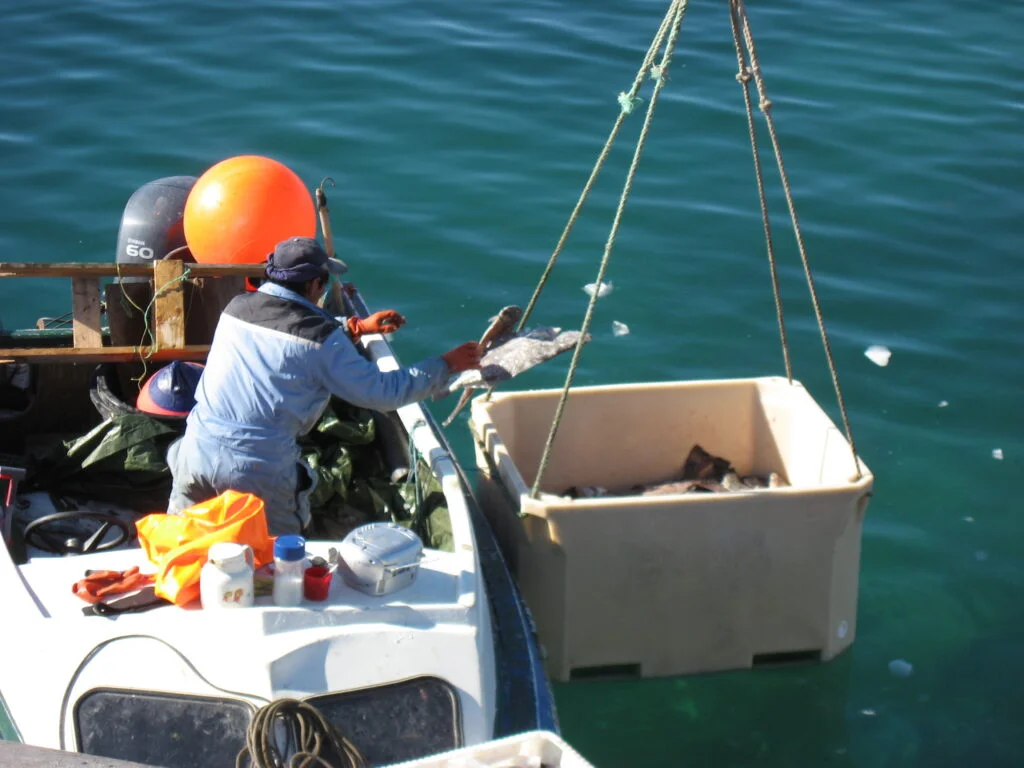
However, new species are introduced into Greenland’s waters as sea temperatures rise. Catching more fish in the open sea generates new incomes for Greenland. So, while climate change will complicate Greenland’s economic puzzle over the next few years, no single outcome will track the growing need for risky Chinese financing.
Conclusion
In the end, the debt trap for Greenland seems to be very important for China in terms of establishing a military space in the artic and the Atlantic regions. However, the above factors seemed to counter the purpose of this enormous economic trap China wants to set up for Greenland.
You will also be interested to read Understanding The Economic crisis of Sri Lanka- The Way Ahead!
About the Author

Yashi is an aspiring journalist and also a passionate writer. She is doing her bachelor’s in journalism, public policy and international relations. Yashi aims to integrate her writing skills with her passion for international relations by interning with “The International Prism”.

